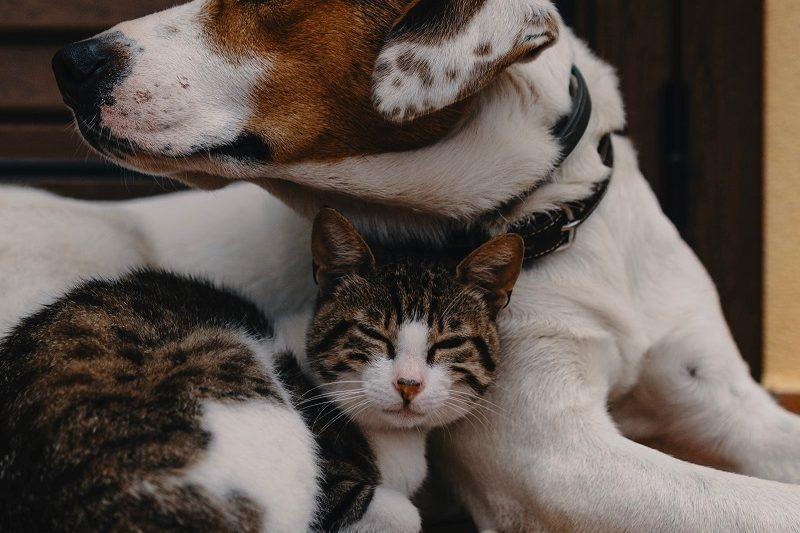Pet Poison Prevention Awareness Month

Pet Poison Prevention Awareness Month
- posted: Mar. 01, 2020
March is designated as Pet Poison Prevention Awareness Month. Understanding what potential harmful poisons exist in your home and yard is the first step to keeping your pet safe. Some of them are very obvious and others might be new to you. Check our Social Media sites daily for lots of helpful information!
Here’s the Top Ten Pet Poison List for dogs and cats from the Pet Poison Helpline. Based on the Pet Poison Helpline call volume and extensive database, here are the top 10 most common toxins that Pet Poison Helpline gets called about. Now keep in mind that some of these listed are very toxic, while some are minimally toxic (like ant baits and silica packs). When in doubt, call your vet or Pet Poison Helpline (they do charge a consultation fee) to make sure there won’t be a problem. Take special care to keep these toxins out of your pet’s reach and pet-proof your house!
Dog Poisons:
1.Chocolate
2.Mouse and Rat Poisons (rodenticides)
3.Vitamins and Minerals (e.g., Vitamin D3, iron, etc.)
4.NSAIDs (e.g., ibuprofen, naproxen, etc.)
5.Cardiac Medications (e.g., calcium channel blockers, beta-blockers, etc.)
6.Cold and Allergy Medications (e.g., pseudoephedrine, phenylephrine, etc.)
7.Antidepressants (e.g., selective serotonin reuptake inhibitors)
8.Xylitol (common in toothpaste and chewing gum – read your labels to ensure your pet is safe!)
9.Acetaminophen (e.g., Tylenol)
10.Caffeine Pills
Cat Poisons:
1.Topical spot-on insecticides
2.Household Cleaners
3.Antidepressants
4.Lilies
5.Insoluble Oxalate Plants (e.g., Dieffenbachia, Philodendron, etc.)
6.Human and Veterinary NSAIDs
7.Cold and Flu Medication (e.g., Tylenol)
8.Glow Sticks
9.ADD/ADHD Medications/Amphetamines
10.Mouse and Rat Poison

